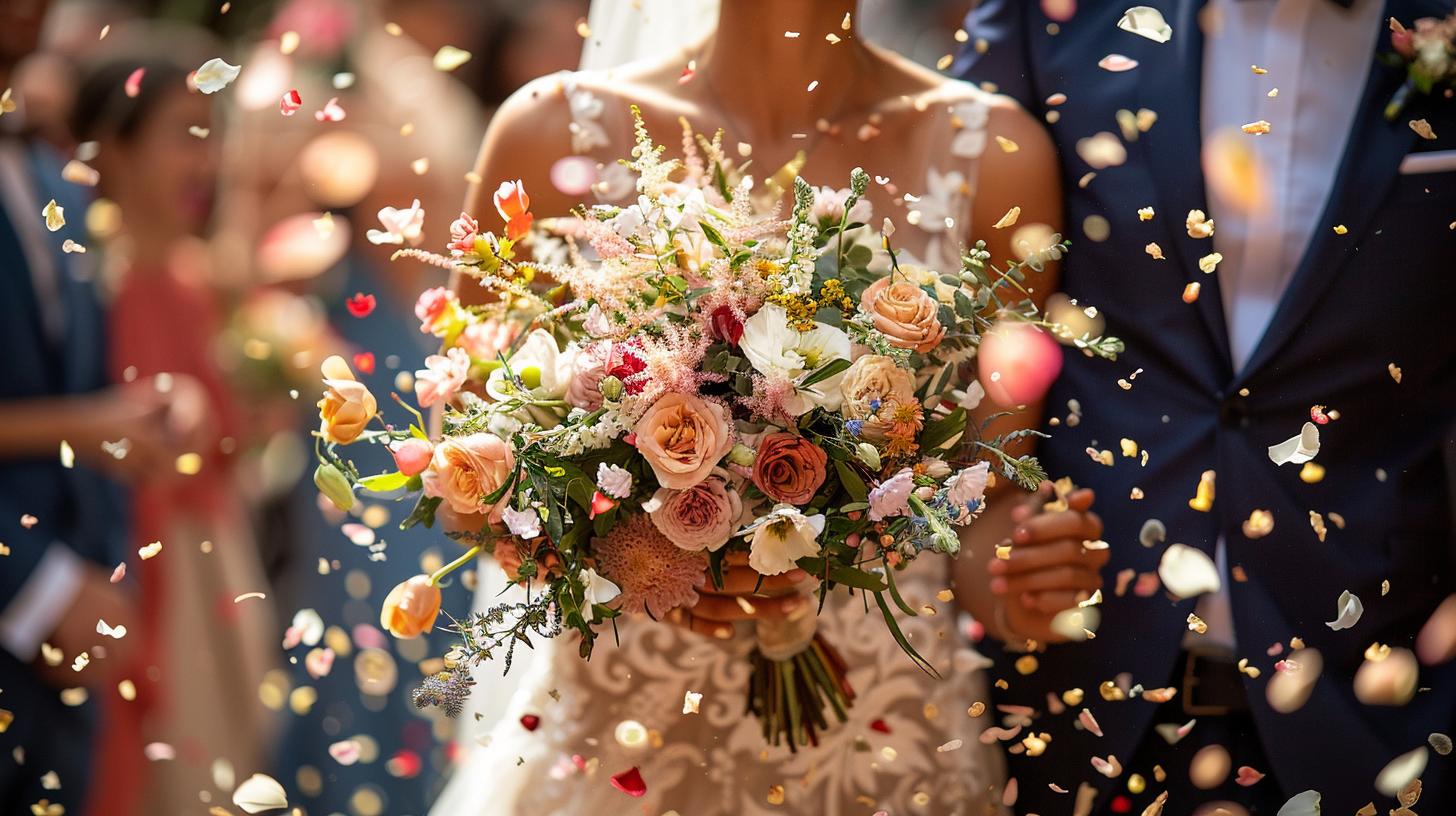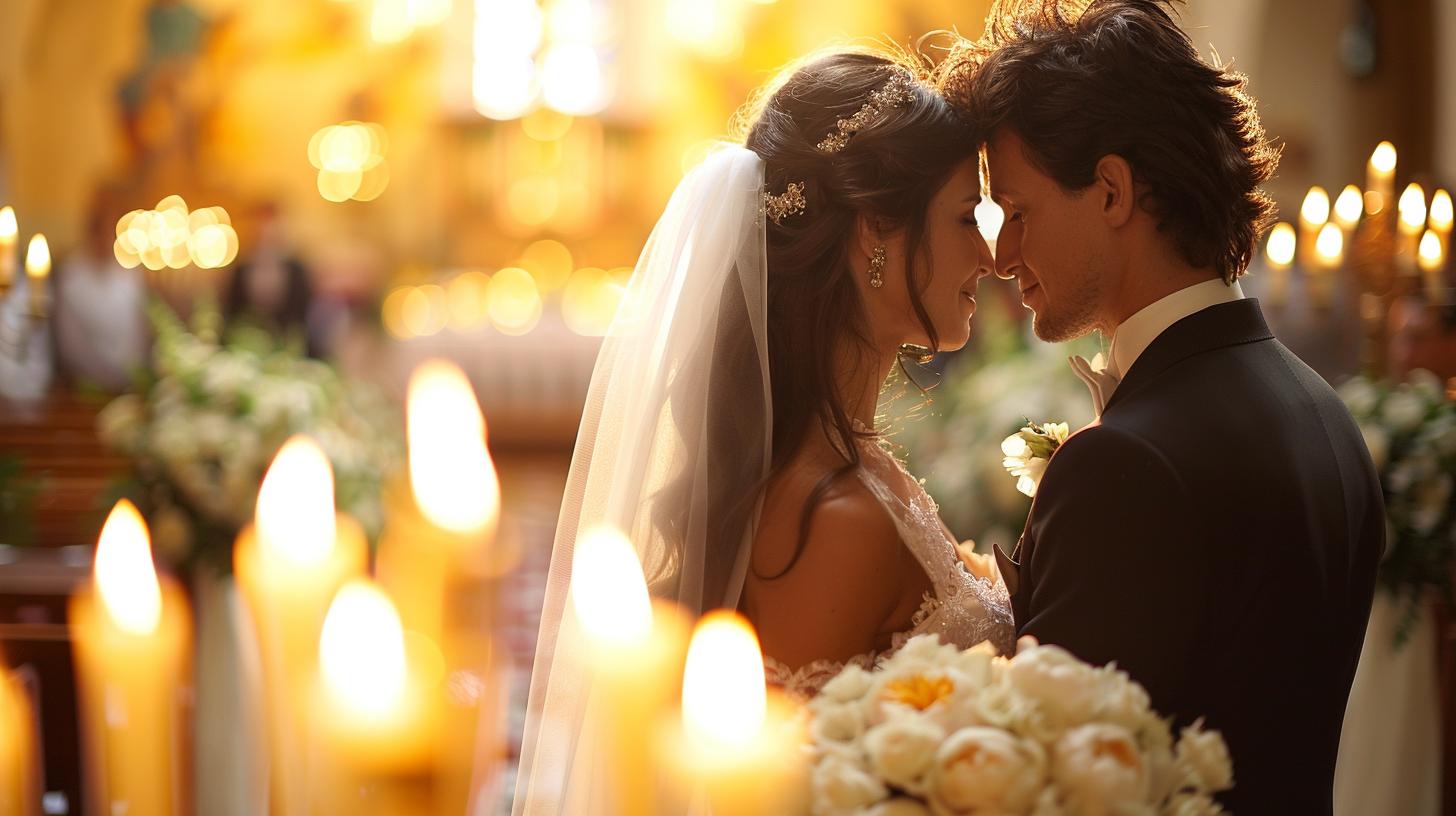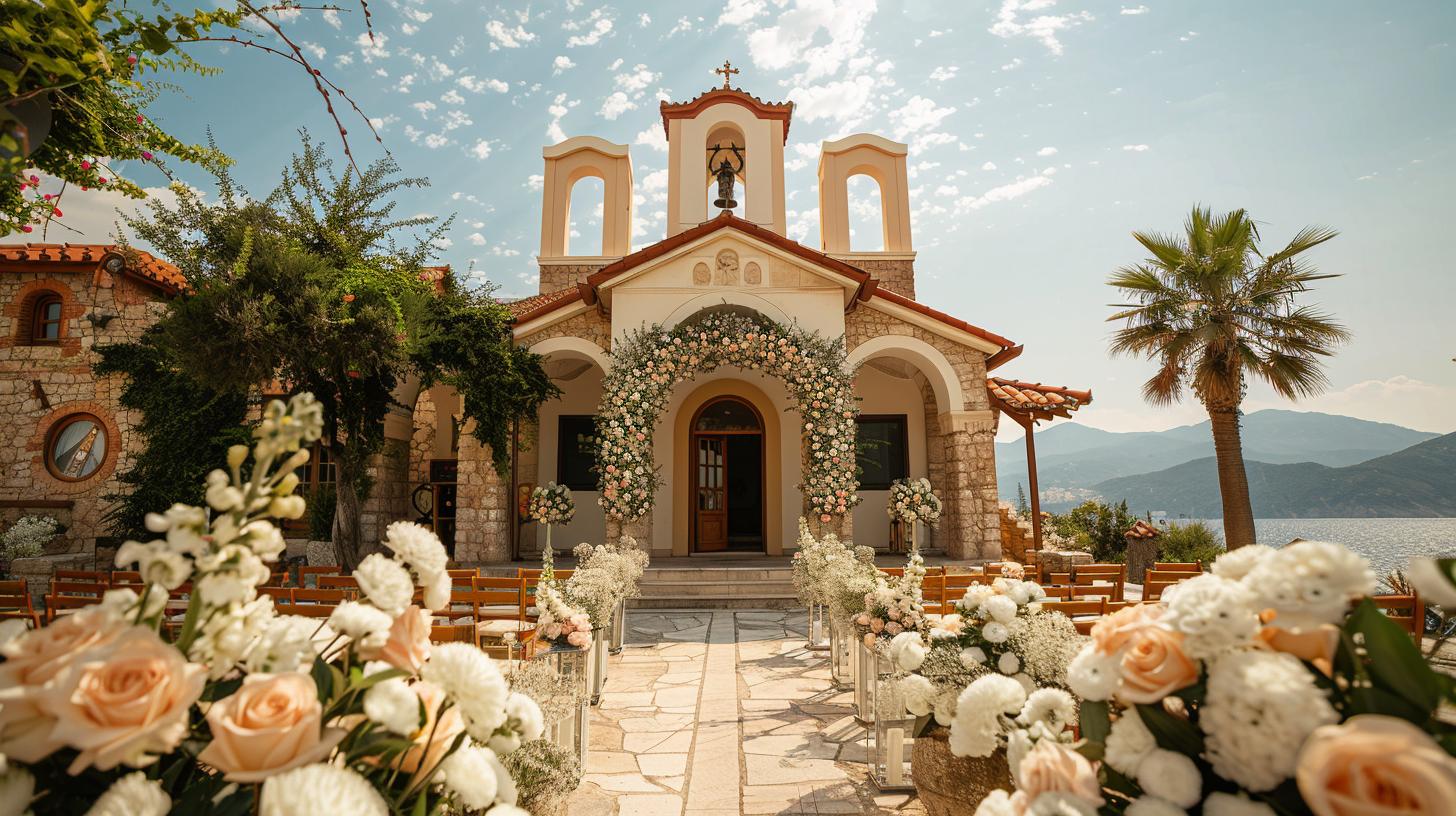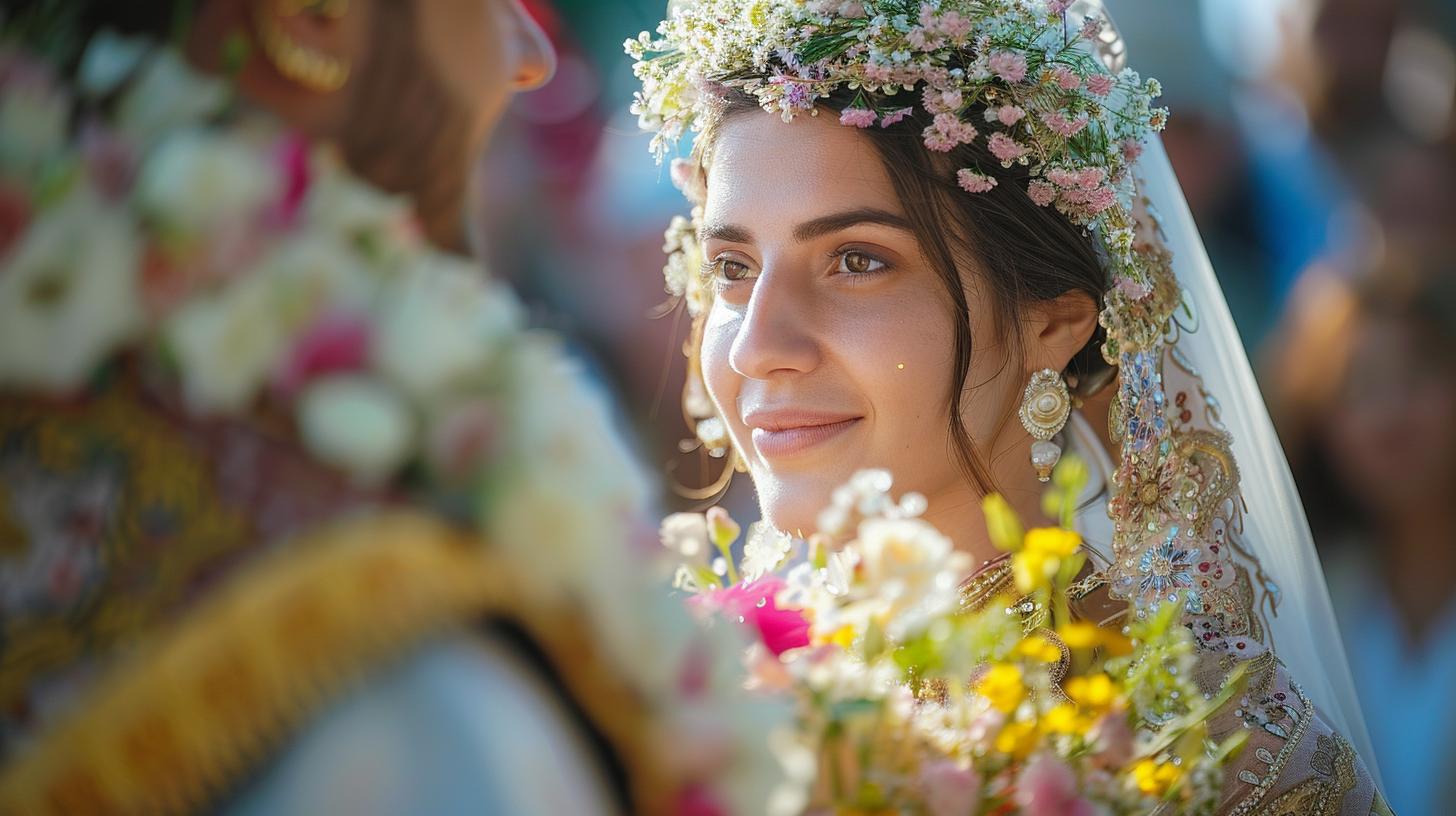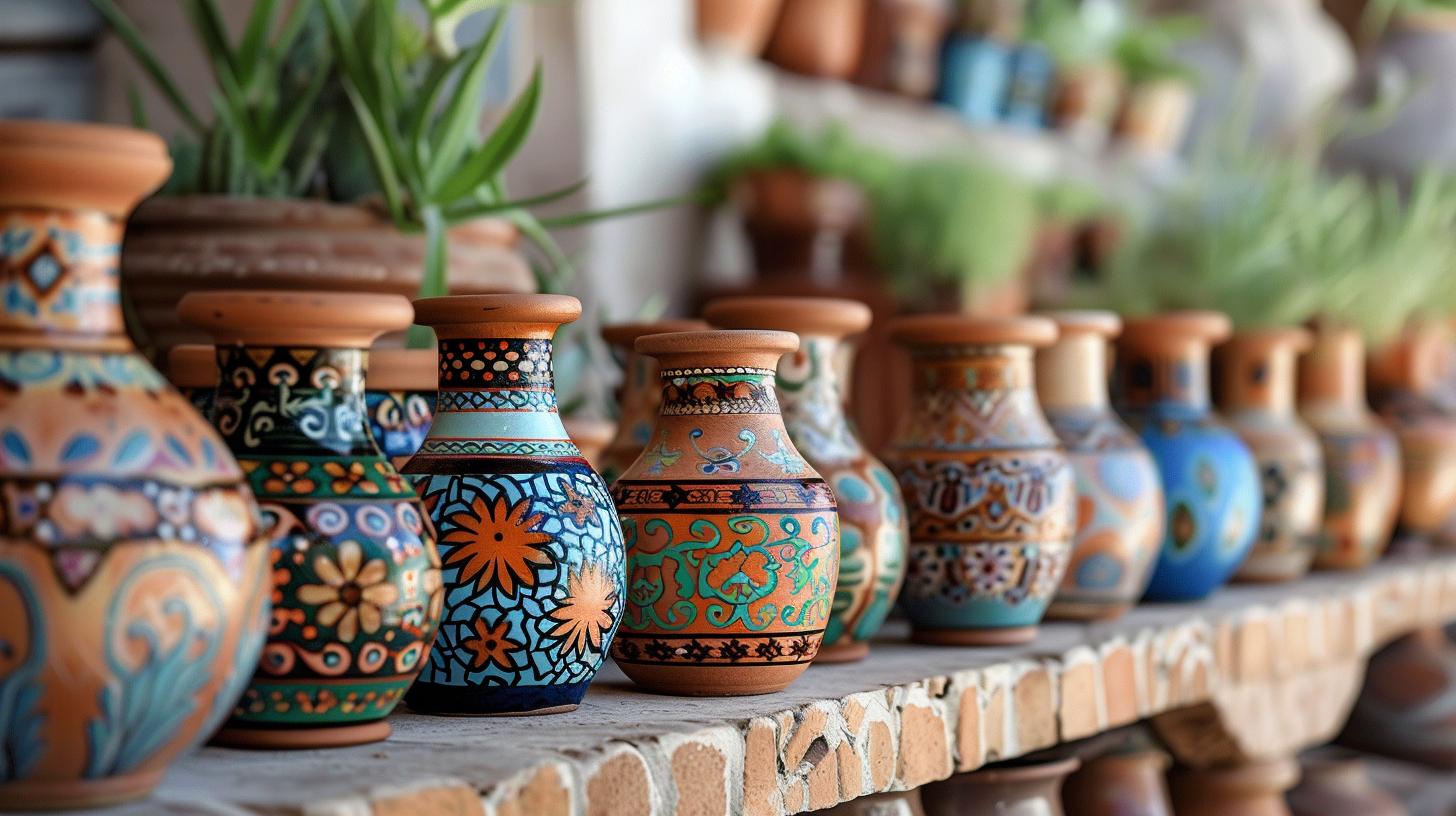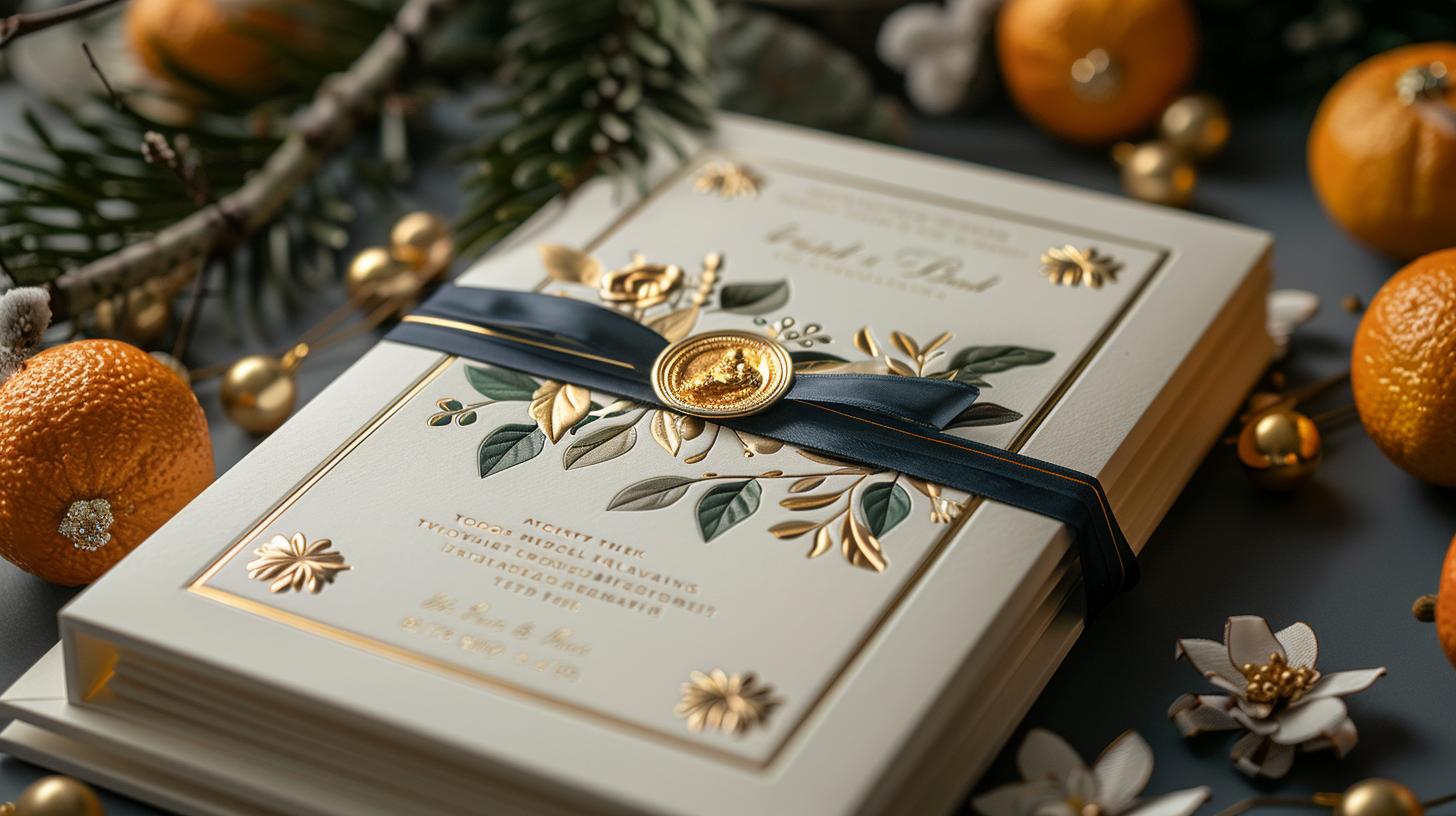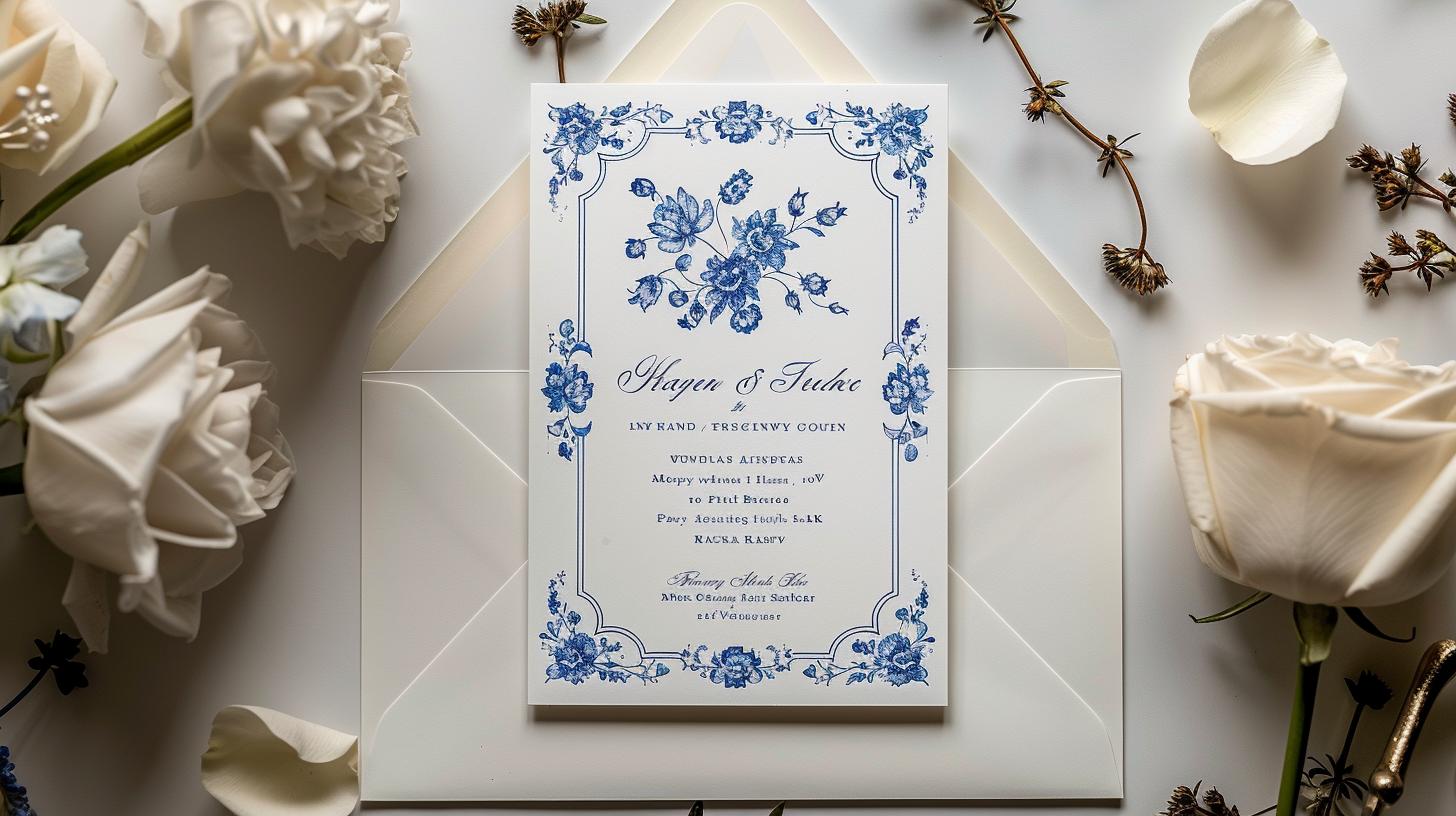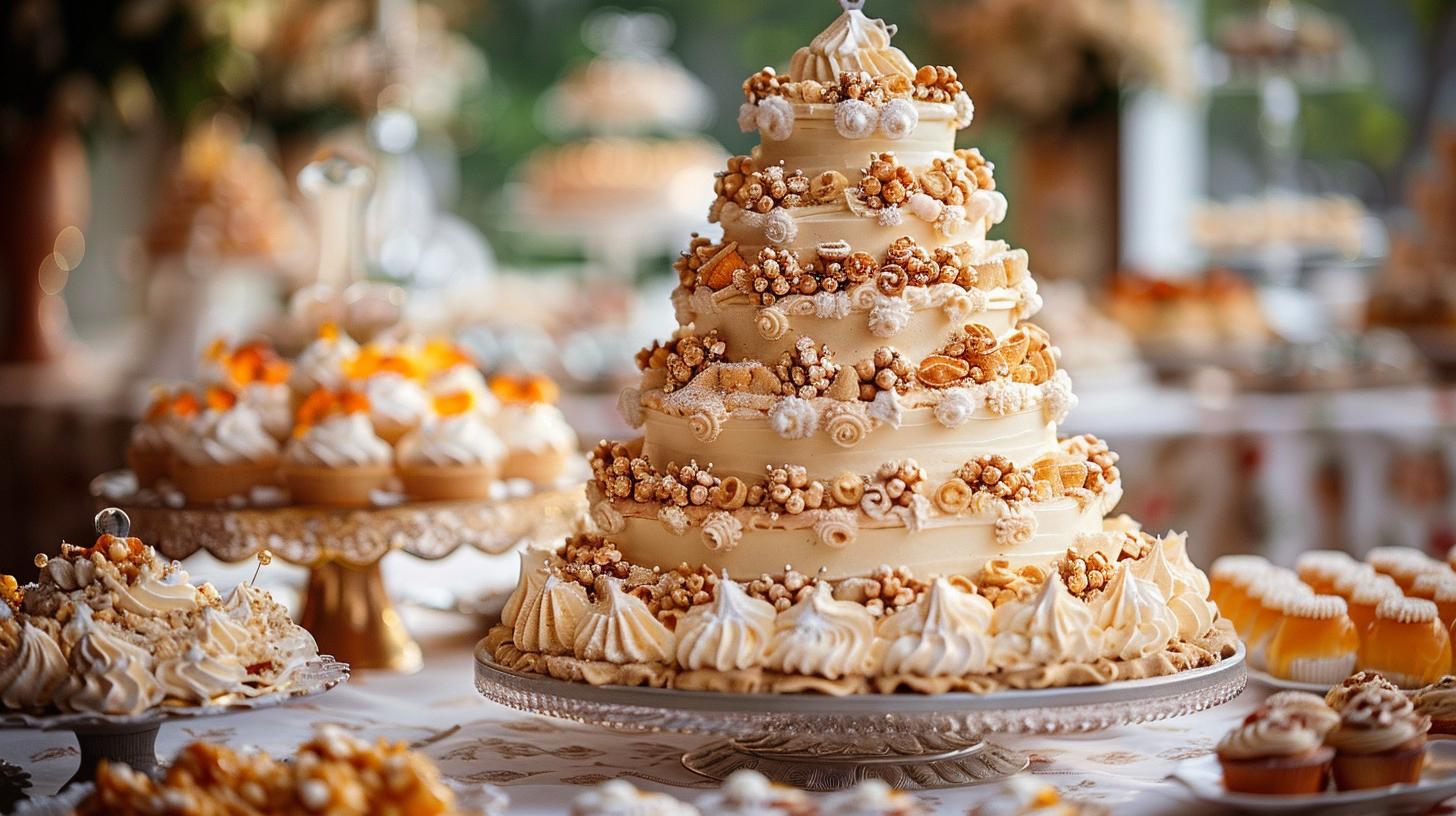How Long Is a Greek Wedding Ceremony? Duration, Traditions, and More
Greek Orthodox wedding ceremonies are rich in tradition and meaning. Couples often wonder about the duration of these ceremonies, which can vary based on several factors.
Typically, a Greek wedding ceremony lasts between 40 minutes to 2 hours.
Elements such as specific rituals, church traditions, and the flexibility of the priest can influence the overall length.
Preparing for the Ceremony
Before the wedding ceremony begins, there are several important preparations involving both the groom and the bride. Each party has specific roles, which are essential in honoring traditional practices and ensuring that the day unfolds smoothly.
The Role of the Koumbaro
The Koumbaro, or best man, holds a significant position in a Greek Orthodox wedding. His responsibilities are pivotal in the lead-up to the ceremony.
Helping the Groom Prepare
In the hours leading up to the ceremony, the Koumbaro assists the groom with various tasks. This may include personal grooming rituals, such as shaving, which symbolizes trust and camaraderie between the two.
His support helps the groom feel confident and ready for the day ahead.
The Koumbaro’s Ritual Responsibilities
Beyond preparation, the Koumbaro carries specific ritualistic duties during the ceremony itself. As the honored witness, he is responsible for exchanging the rings between the bride and groom. His presence symbolizes the bond of friendship and commitment that is essential in this sacred union.
The Role of the Koumbara
The Koumbara, or maid of honor, has equally important responsibilities in preparing the bride for her big day. Her role encompasses both assistance and guidance.
Assisting the Bride
The Koumbara helps the bride with her attire, ensuring that she looks perfect for the ceremony. This may involve adjusting the wedding dress, fixing her hair, or applying makeup. The Koumbara’s support not only helps the bride feel beautiful but also provides emotional comfort during a potentially stressful time.
The Shoe Tradition and Bridesmaids’ Songs
It is believed that the names which wear off during the ceremony indicate which friends will marry next.
This playful custom adds a layer of fun and significance to the preparations. Additionally, the bridesmaids often sing traditional Greek wedding songs during this time, creating an atmosphere filled with joy and anticipation.
The Structure of a Greek Orthodox Wedding Ceremony
The Greek Orthodox wedding ceremony is a beautiful and intricate process filled with symbolism and tradition. It comprises two main components: the Ceremony of Betrothal and the Sacrament of Marriage. Each segment carries significance that intertwines the couple’s commitment to each other and their faith.
The Ceremony of Betrothal
This first part marks the official engagement of the couple and includes several important rituals that symbolize their union.
Blessing of the Rings
At the onset, the priest blesses the wedding rings. This ritual represents the couple’s commitment to one another and the sanctity of marriage. The rings are viewed as the outward sign of their bond.
Rings Exchanged Three Times
The Koumbaro, or best man, plays a crucial role during this exchange. He transfers the wedding rings between the groom and bride three times, a significant action that highlights the importance of the number three in Orthodox tradition, symbolizing the Holy Trinity.
The Sacrament of Marriage
The second part of the ceremony celebrates the couple’s marriage through various sacred rituals that embody their spiritual union and commitment.
The Crowning with Stefana
One of the most poignant moments of the ceremony occurs when the couple is crowned with Stefana, or wedding crowns. The Koumbaro places these crowns upon their heads, symbolizing glory and honor.
Walking Around the Altar Three Times
Following the crowning, the newlyweds walk around the altar three times. This ritual signifies their new life together and invokes the presence of the divine in their journey. As the couple circles the altar, hymns and chants fill the church, celebrating their union.
The Common Cup
A pivotal moment of unity occurs when the couple drinks from the Common Cup, symbolizing their shared life and experiences. This act represents the merging of their lives and the importance of companionship in their marriage.
Duration of a Greek Wedding Ceremony
The duration of a Greek Orthodox wedding ceremony can greatly vary, influenced by several factors. Understanding these variables can help set expectations for both the couple and their guests.
Factors Influencing Ceremony Length
Several elements can determine how long a wedding ceremony will last.
These include variations in customs and the approach taken by the officiating priest.
Variations in Traditions
Different regions and local churches may have their own unique traditions that affect the ceremony’s length. Some churches incorporate additional rituals or longer prayers, while others may choose to streamline the proceedings.
The emphasis on specific traditions can lead to significant differences in the overall duration.
Flexibility of the Priest
The priest’s discretion also plays a crucial role in the ceremony’s length. Some priests may adhere strictly to traditional practices, while others might be open to adapting the service based on the couple’s preferences.
This flexibility can lead to shorter or longer ceremonies, depending on the couple’s wishes and the priest’s guidance.
Typical Length of Orthodox Weddings
When considering the typical lengths of Greek Orthodox wedding ceremonies, there is a general divide between shorter and longer services. These lengths can vary considerably based on the aforementioned factors.
Shorter Ceremonies (40 Minutes to 1 Hour)
In many cases, if the ceremony takes place in a church with fewer traditional elements, it can be completed within 40 minutes to 1 hour.
Longer Ceremonies (Up to 2 Hours)
Conversely, some weddings can extend up to 2 hours, particularly in churches that maintain stricter adherence to tradition. In these ceremonies, every ritual, song, and blessing is carefully observed, creating a deeply immersive atmosphere.
This length allows for a richer experience, embracing the full spectrum of their cultural heritage.
Traditions and Symbols in Greek Orthodox Weddings
Greek Orthodox weddings are rich in symbolism and traditions, reflecting deep-rooted beliefs and values. Each element carries a significant meaning, contributing to the overall spiritual experience of the ceremony.
The Use of Candles
Candles play a crucial role in Greek Orthodox weddings, symbolizing the couple’s faith and the light that Christ brings into their lives.
The act of lighting candles during the ceremony highlights the importance of divine guidance in their marriage.
Symbolism of Light and Guidance
The glowing light of the candles represents both truth and purity. As the couple holds lit candles, it signifies their commitment to each other and their journey together under the watchful eye of God.
This light serves as a reminder of the presence of Christ in their union.
The Importance of Odd Numbers
Odd numbers hold significant value in Greek traditions, especially during weddings. This belief is deeply rooted in the idea that odd numbers are associated with good fortune and blessings.
Symbolism and Good Luck
- The couple often walks around the altar three times, a ritual demonstrating the importance of odd numbers in their spiritual life.
- Other practices, such as placing crowns on the couple’s heads, may also occur in odd counts, further emphasizing the significance of this belief.
The Virgin Mary and the Holy Trinity
In Greek Orthodox weddings, the Virgin Mary and the Holy Trinity are revered figures.
Their presence is invoked for blessings and protection over the couple’s marriage.
Spiritual Significance
The couple is blessed in the name of the Holy Trinity, which signifies their unity in both faith and love. This element of the ceremony emphasizes their commitment not only to each other but also to their spiritual journey together.
The Virgin Mary’s intercession is sought for a harmonious life, reflecting the couple’s devotion and respect for their faith.
Frequently Asked Questions about Greek Weddings
This section addresses common inquiries regarding Greek Orthodox weddings, providing insight into aspects that couples may need clarity on as they prepare for their special day.
Can the Ceremony Be Shortened?
While it’s generally uncommon to request a shorter ceremony, couples sometimes have valid reasons for doing so.
Conversations with the priest ahead of time can lead to modifications if necessary. Factors such as health concerns or making the ceremony more accessible for guests are taken into consideration. Ultimately, the priest’s guidance will determine if adjustments can be made to respect tradition while accommodating the couple’s needs.
Who Provides the Wedding Crowns?
The wedding crowns, known as Stefana, play a significant role in the ceremony and their provision can vary. In some cases, the church supplies the crowns, while in others, the couple may need to purchase them ahead of the wedding day.
It is advisable for couples to confirm this detail well in advance to ensure they meet any requirements and avoid surprises.
What to Know about Wedding Attire?
Attire for a Greek Orthodox wedding holds importance, especially for the bride and her attendants. Many churches have specific guidelines regarding dress codes, particularly for modesty. For instance, brides are often required to cover their shoulders.
These expectations can differ based on the priest or church, so it is essential for the bride to discuss attire specifics with the priest early in the planning process to ensure compliance with local traditions.
After the ceremony, Greek Orthodox weddings continue with vibrant traditions and lively celebrations that highlight the couple’s joy and their culture. The festivities often include unique dances and activities that engage guests and create lasting memories.
Post-Ceremony Traditions and Celebrations
The First Dance and Last Dance
The first dance of the newlyweds is a significant moment that symbolizes their new life together. This dance is often slow and intimate, allowing the couple to share a special moment with each other before they are joined by family and friends.
Equally important is the last dance, which typically involves the entire wedding party and guests. This final dance signifies the culmination of the celebration and often features high-energy music and emotive expressions of joy as everyone dances together to close the festivities.
Celebrations with Guests
Greek weddings are known for their lively and inclusive atmosphere, with various traditions that invite guests to partake in the celebrations. Food, music, and dancing play a central role in these gatherings, creating an inviting environment that fosters connection and joy.
Traditions during the Reception
- Guests are often greeted with traditional Greek dishes, reflecting the rich culinary heritage. Common offerings include lamb dishes, spanakopita, and a variety of mezze.
- During the reception, the couple may perform traditional dances, such as the Kalamatianos, which encourages guests to join in, creating a festive and interactive atmosphere.
- A customary practice is to shower the newlyweds with rice or petals as they enter the reception venue, symbolizing prosperity and fertility.
- The guests often participate in the traditional tossing of dollar bills or certificates onto the dance floor, which is believed to bring good fortune to the couple.
Role of Music and Dancing
Music is a vital part of Greek wedding celebrations.
Live bands often play traditional Greek songs, setting the tone for an evening filled with dance and merriment. The lively melodies inspire guests to hit the dance floor, fostering a sense of community and joy.
Customary dances like the Tsamiko and the Sirtaki become highlights of the celebration, with guests forming lines or circles and dancing together. This communal aspect of dancing enhances the festive spirit, blending generations in celebration.

